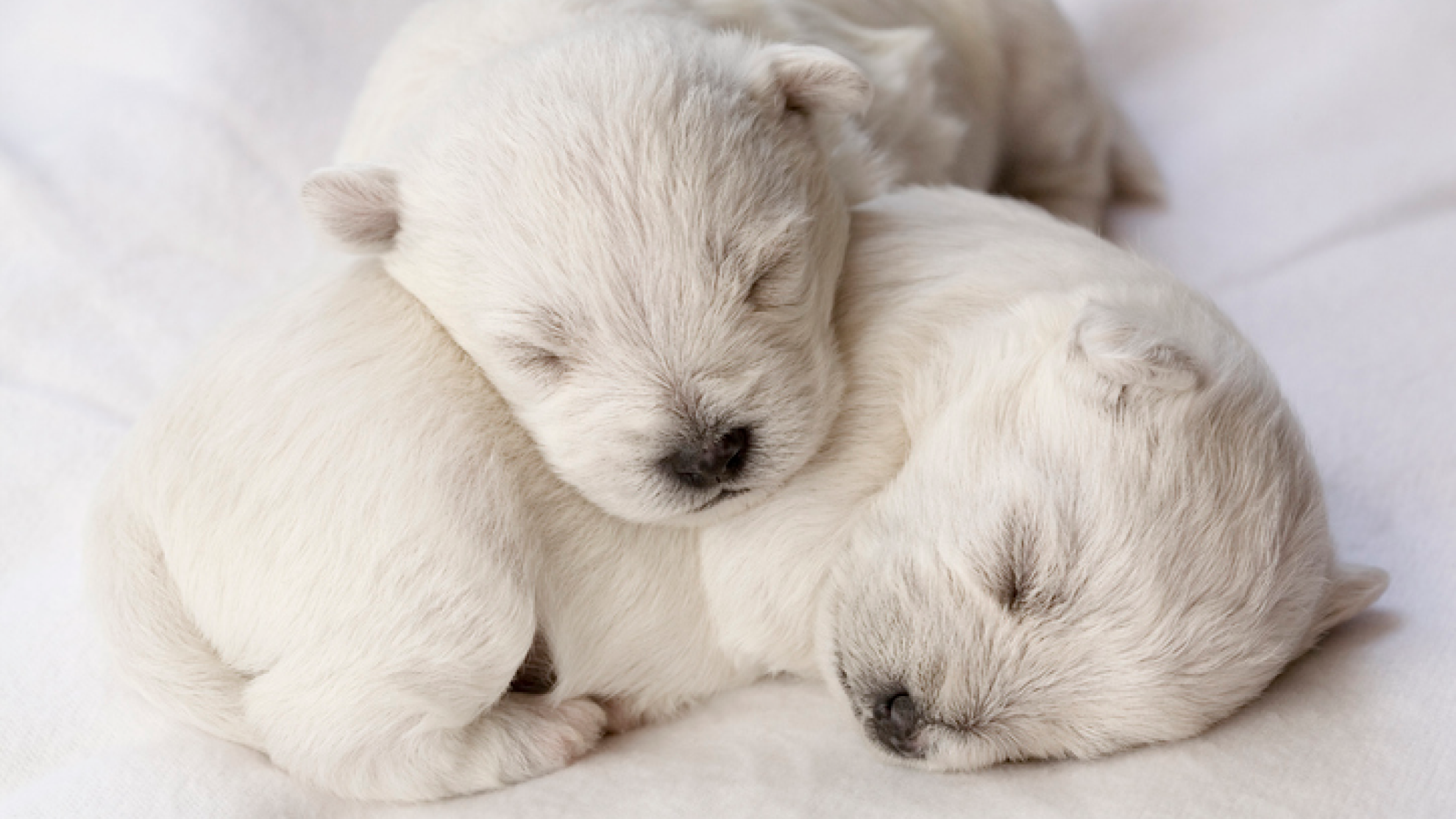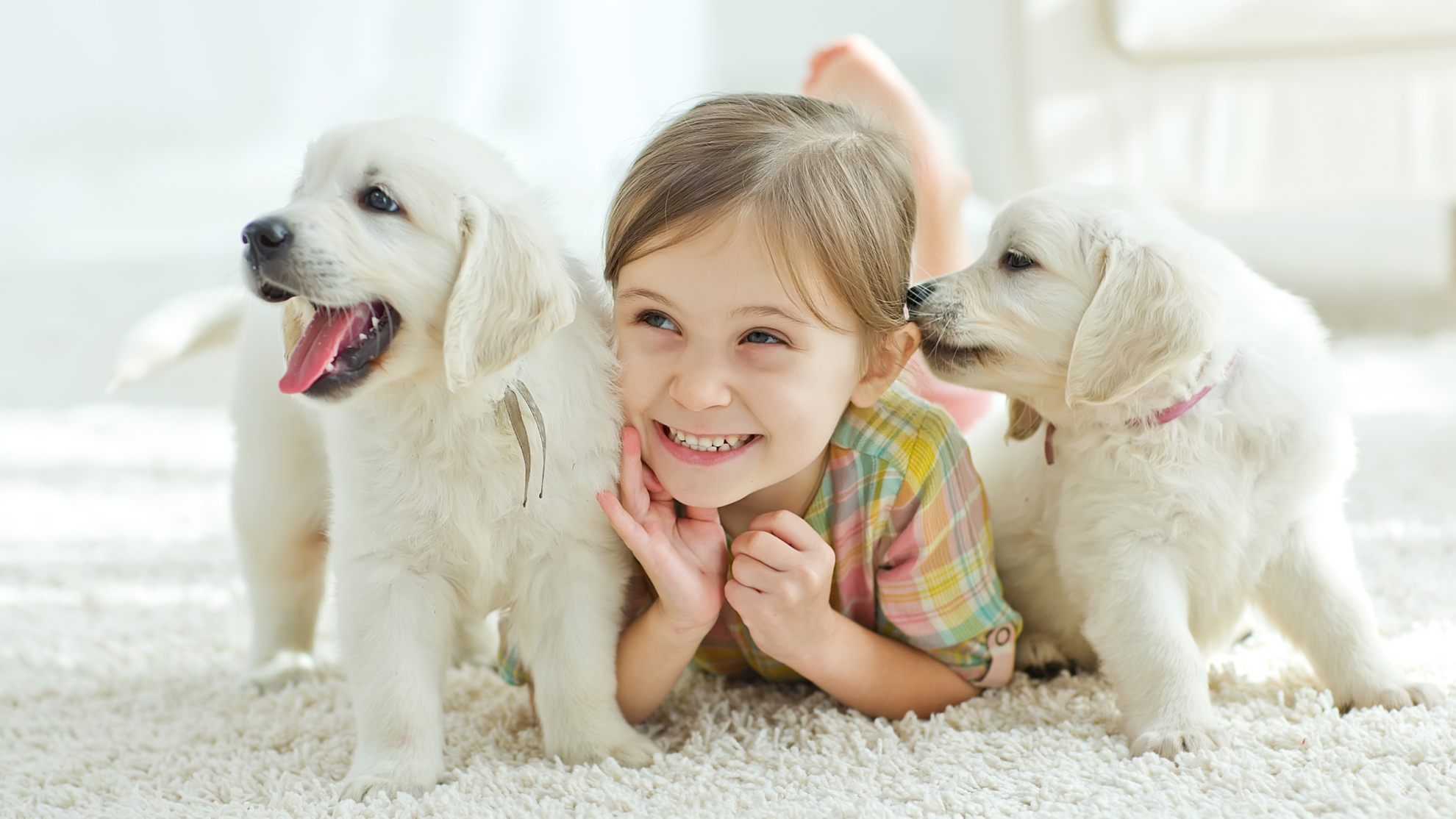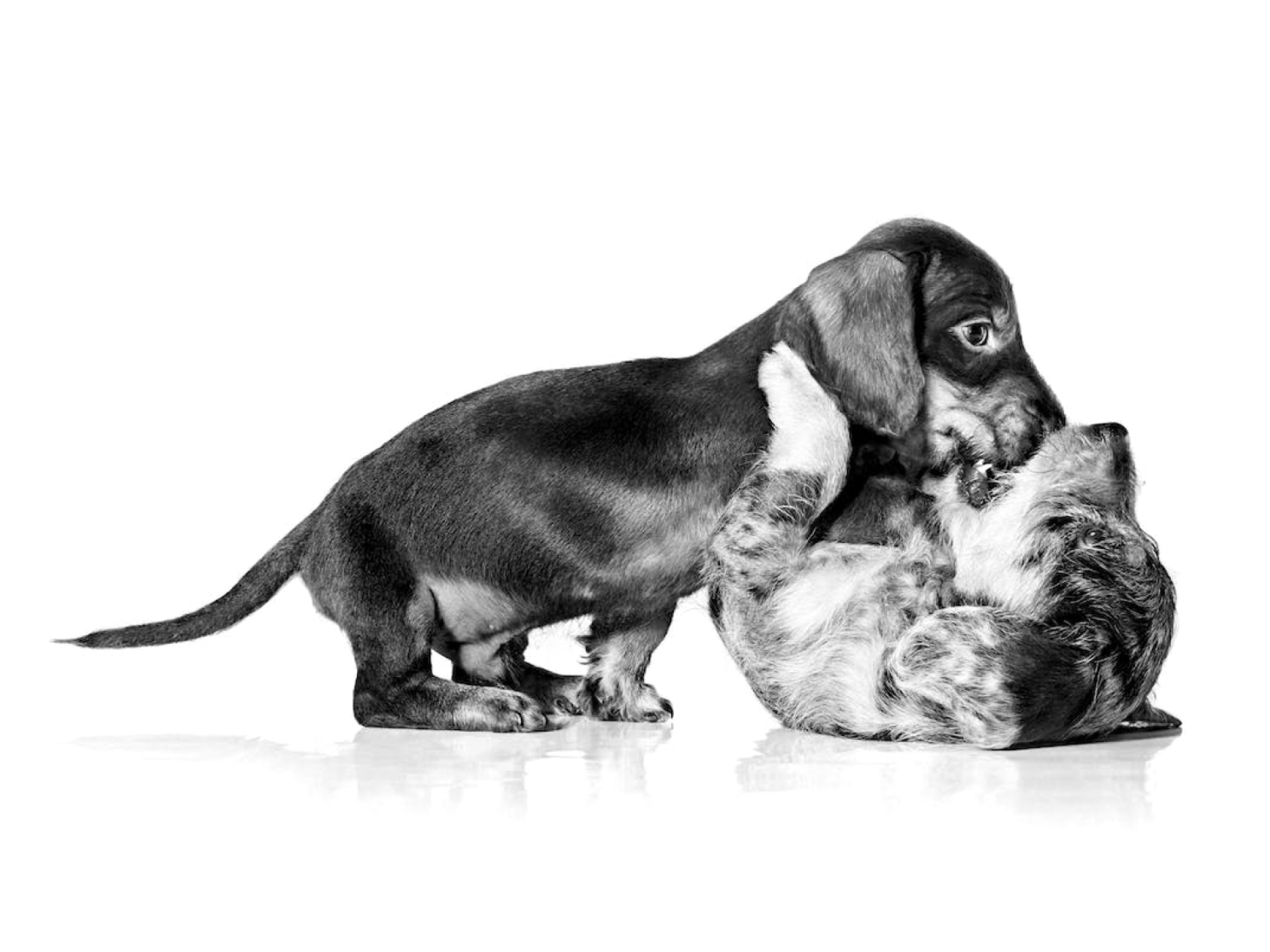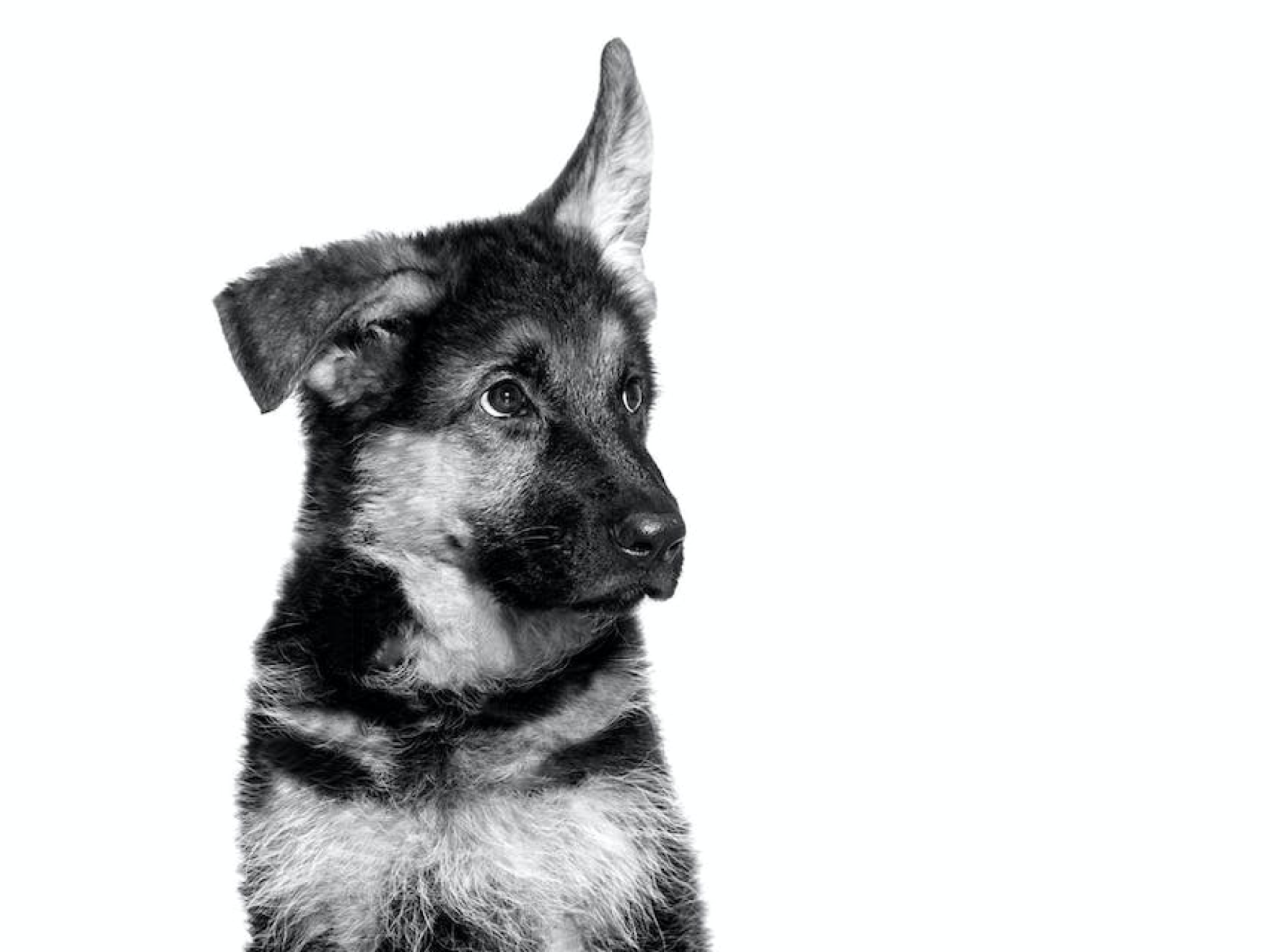How to better understand your dog and their emotions
The bond between a dog and their human is like no other. Read on to understand the difference between canine affection and canine distress, and how to understand what your dog is feeling.
Article

Do dogs show affection to humans?
If we are making a direct comparison with cats, we can see that dogs show human-like signs of affection more clearly. A friendly tail wag when you walk in the door from work or an excited jump when you pull out their favourite toy.
The bond between a dog and their human(s) has had a long time to develop. Archaeologists have found evidence that suggests humans started domesticating dogs over 30,000 years ago. Today, there is a wealth of scientific data available, which confirms that dogs are capable of having feelings for their owners.
In fact, dogs can experience joy, fear, surprise, contentment and disgust, which also means that dogs can get sad. As a responsible pet owner, it is crucial that you understand the cues your dog communicates. On the flip side, can dogs sense emotions in humans.
Back in 2014, researchers at Emory University in the United States studied awake, trained dog brain activity. Results showed that the part of their brains that registers positive experiences had the strongest reaction when presented with the scent of their human family members. A similar study was carried out in Budapest but focused on sound instead of scent. Dogs were found to understand emotion in human voices.
More data that suggests empathy in dogs came from a 2015 Japan study, where humans and dogs spent time looking into each other's eyes. In doing so, researchers observed that a higher level of oxytocin—more commonly known as the ‘love hormone’—were found in dogs, suggesting a bond similar to the one between parents and their children.

How do dogs show affection to their owners?
There’s no doubt when a pet owner loves their dog: every belly rub, every 5 a.m. walk to do their business and every furry snuggle fills the heart with joy. But what are the signs that your dog is devoted to you right back?
As a responsible pet owner, understanding canine behaviour also means understanding signs of distress that your dog may be trying to communicate to you.
Common misconceptions about dogs and their behaviour
If you’re a first-time dog owner, observation of your dog is going to be crucial—it will help you to interpret your dog’s body language and therefore, distinguish signs of contentment versus signs of distress.
Being in observation mode doesn’t mean that you have to be in a permanent state of anxiety, which your dog can feel. They have the capacity to read facial expressions and intonation. So, what are some common misunderstandings about puppies and dogs that you need to know?
Don’t fall into the trap of thinking that tail movement equals a content dog. Wagging, maybe, but there are different possible tail positions, and some to be aware of include:
- Parallel to the ground: relax, all is well
- Low: suggests that your dog is concerned or nervous
- High: suggests high arousal, either positive or negative (i.e. aggression)
The myriad meanings of your dog’s tail movements are worth learning!
If your puppy or dog growls when being picked up, you need to get to the bottom of this. No dog is born angry or aggressive. Generally speaking, a growling puppy or dog can be interpreted in two ways.
During playtime: this is a positive thing, suggesting that your puppy or dog is having a good time. They can growl when playing with other dogs or with a much-loved toy or when playing with you.
Outside of playtime: It’s important to understand the context. Quite often, growling outside of playing can indicate that your puppy or dog is stressed. It is your responsibility to help them find a solution and remove them from whatever is causing distress.
If you’re unsure, it is sensible to treat dogs that are growling or snarling with caution. If you suspect that another dog is causing the stress, cross the road or leave the dog park. This behaviour is not necessarily a sign of an aggressive dog. Finding a long-term solution may require the assistance of a professional dog trainer.
Training and socialising your dog are a part of your responsibility as a pet owner. However, there is absolutely no need to buy into the idea that you must dominate your canine companion.
This misconception can be traced back to the 1960s, when unrelated wolves were captured and observed, with the takeaway being that inter-canine relationships are aggressive. Further research showed that this was in fact the minority of cases.
Making your dog afraid will not lead to obedience—it will just make them more fearful. This can break the bond between pet and pet owner, and potentially lead to aggressive canine behaviour.
Experts say that guilt is too complex a feeling for dogs to experience, as intelligent as they can be.
So, what is happening when you come home to find your pet giving you a wide-eyed look next to a ravaged sandal? This is not guilt, it is your dog reading your body language and understanding that you aren’t happy.
Other dog behaviours that are commonly perceived as guilt include hiding, avoiding eye contact, turning their heads away slightly, a tucked tail, whining, or trying to have physical contact with you, their owner.
Your dog is simply responding in the way they think is suited to your reaction. Remember, no matter what your dog may have done during your absence from home, punishment is not the solution.
How to build a strong bond with your dog
If you want to know how to build a better relationship with your dog, you sound like a great pet owner. The good news is that experts agree on some easy-to-follow directions.
Providing your puppy or dog with the right level of care, love and satisfaction is the recipe for a strong bond, without them being overly needy or anxious about spending time without you.
Related Articles
Like & share this page

